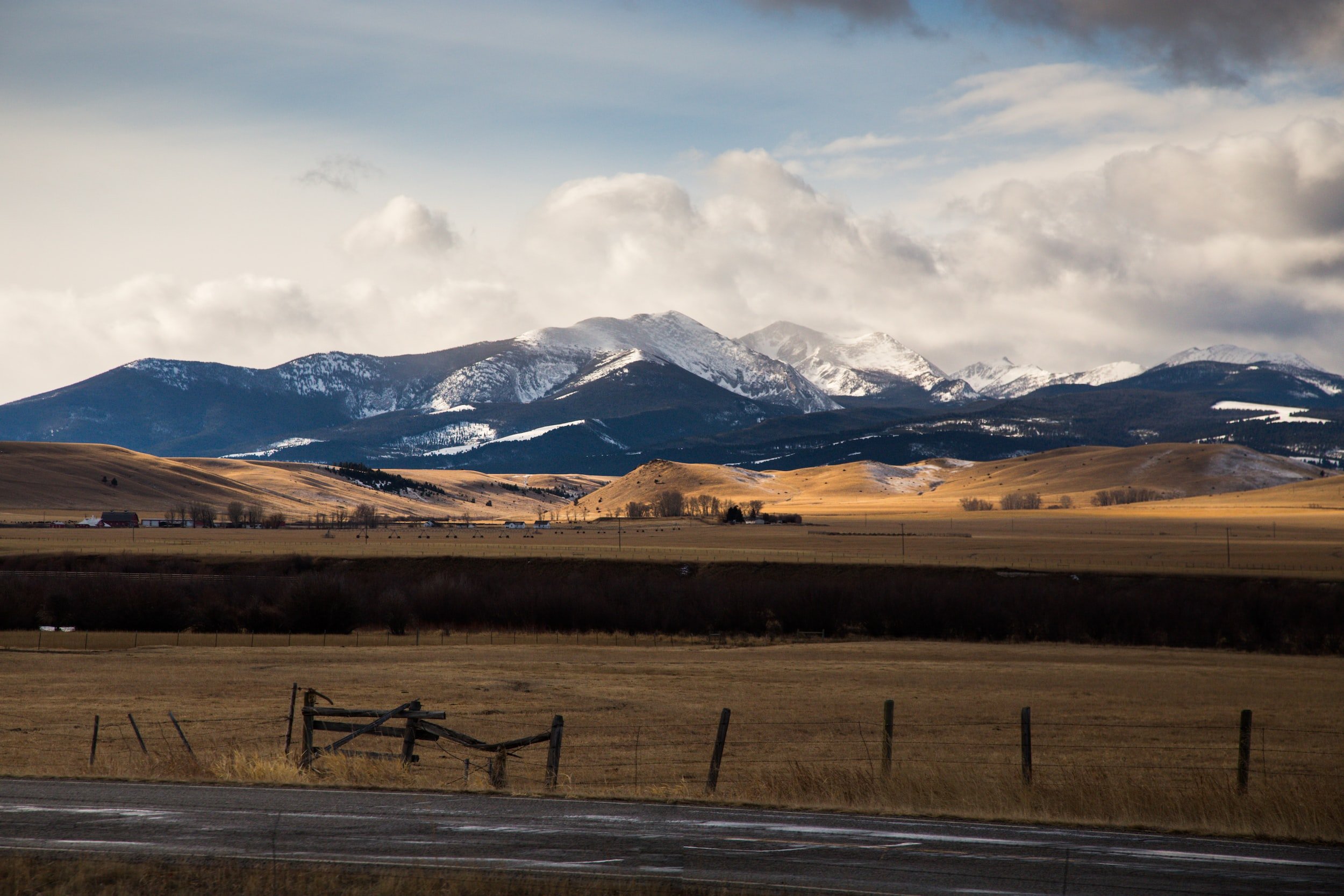
Why the Wirehair?
Grit.
Grit. It's simply instilled in a wirehair when they are born. It's not taught. This story is one of my favorites. Annie, 6 months old in this photo, had a day every dog person dreams of.
I am in college at the time and my buddy texted me and said I had to get up to where they were at. It was 45 minutes north of me, normally not a big deal but today was different. It had snowed so much that they closed the interstates in South Dakota. That didn't stop us, I put the truck in 4x4 and drove up there. The snow had drifted so deep that when I got to the SDSU parking lot I actually jumped my truck over the curb because I didn't know where the road started and ended.
We drove to the spot and started hunting. 10 degrees with a 30mph wind straight out of the north. A young 6 month old Annie pointed 22 birds and we shot 12 roosters, a perfect 4 man limit in just under 30 minutes. One of the retrieves I remember was so deep under the snow in the slough grass that my buddy and I had to dig her out. She had a rooster we had shot 20 minute prior by the spurs under the snow. On the way home, I knew I had myself a true birddog.
Looking back over the years, another story that comes to mind for me is a story based out of Pierre, South Dakota.
In college, I transitioned from more of a waterfowl hunter to upland. There’s just something special about watching those pointing dogs work. In South Dakota, we have a great population of sharp-tailed grouse and prairie chickens. So far, they have been my favorite birds to chase. The wide open spaces and short grass makes for great dog work and easy walking.
Walking for us, running for the dog. This kind of country is where you really test a dogs will power and running ability. Dogs such as Annie & Indy will run near 30 miles in one day grouse hunting in the Fort Pierre National Grasslands.
Watching a dog hunt relentlessly, hours on end, is something to see. I cannot emphasize the importance of this. Not every hunt is like you see on TV— shooting young dumb birds on private land or game preserves. One particular day, we hunted 8 hours in the field with the dogs. It was late November and the grouse had been hunted since the 1st of September. Seasoned wouldve been an understatement.
The grouse were getting up 400-600 yards out in front of the dogs and us unprovoked. It was a great day to test young dogs’ mental toughness.
That morning we shot our initial 3 grouse within the first hour. We proceeded to go the rest of the day without getting within 400 yards of a covey. The dogs hunted nonstop and eventually we limited out before shooting time ended.
How does you dog hunt after no bird contact for 4 hours? Do they continue to search? Or are they defeated and ready to head back to the truck? Your young puppies need to overcome adversity and the only way for them to do that is for you to put in the time with them. This is incontestable in order to have a true bird dog.
Stamina.
Aptitude.
First hunts are always interesting (to say the least). You can do everything by the book and have it all fall apart your first day in the field.
This brings me to Indy’s first duck hunt. At an early age of 6 months, Indy was afforded an opportunity to be a lone duck dog in the blind. Indy had always been a great retriever and a powerful swimmer. Although we had done little to zero training for waterfowl, I was confident she could get the job done.
We set up the decoys and I walked back to grab my pup, who at the time, had yet to even try to climb into an elevated dog blind. Hah, what could go wrong? The first thing she did when we got to the blind was jump in as if she’d practiced it 100 times. As shooting time neared, the ducks were already dropping into the decoy spread, testing out the 6 month olds steadiness.
At shooting time, we dropped 3 birds immediately. Indy swam out and got the 1st one, I helped with the 2nd, and she recasted for the 3rd bird. Within the hour she then retrieved 35-36 bird limit that day. She impressively chased cripples down in open water and tracked 2 missing mallards down in the slough grass on the opposite side of the pond.
Indy is the type of waterfowl dog to make you switch from a “retriever person” to a ‘versatile person”. In fact, in her young life she’s already converted 3 life-long “lab guys” to “wirehair guys”. Her ability to excel in both upland and waterfowl is something I am always excited to show people.


